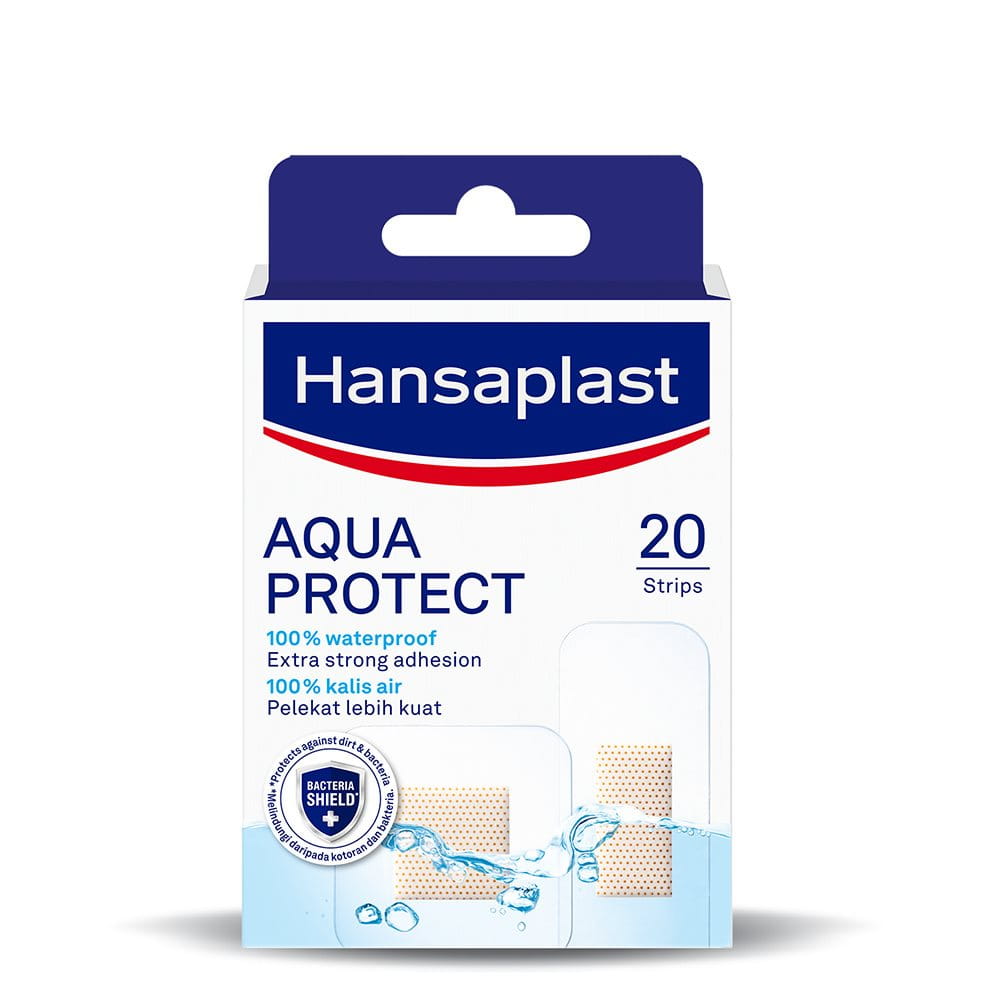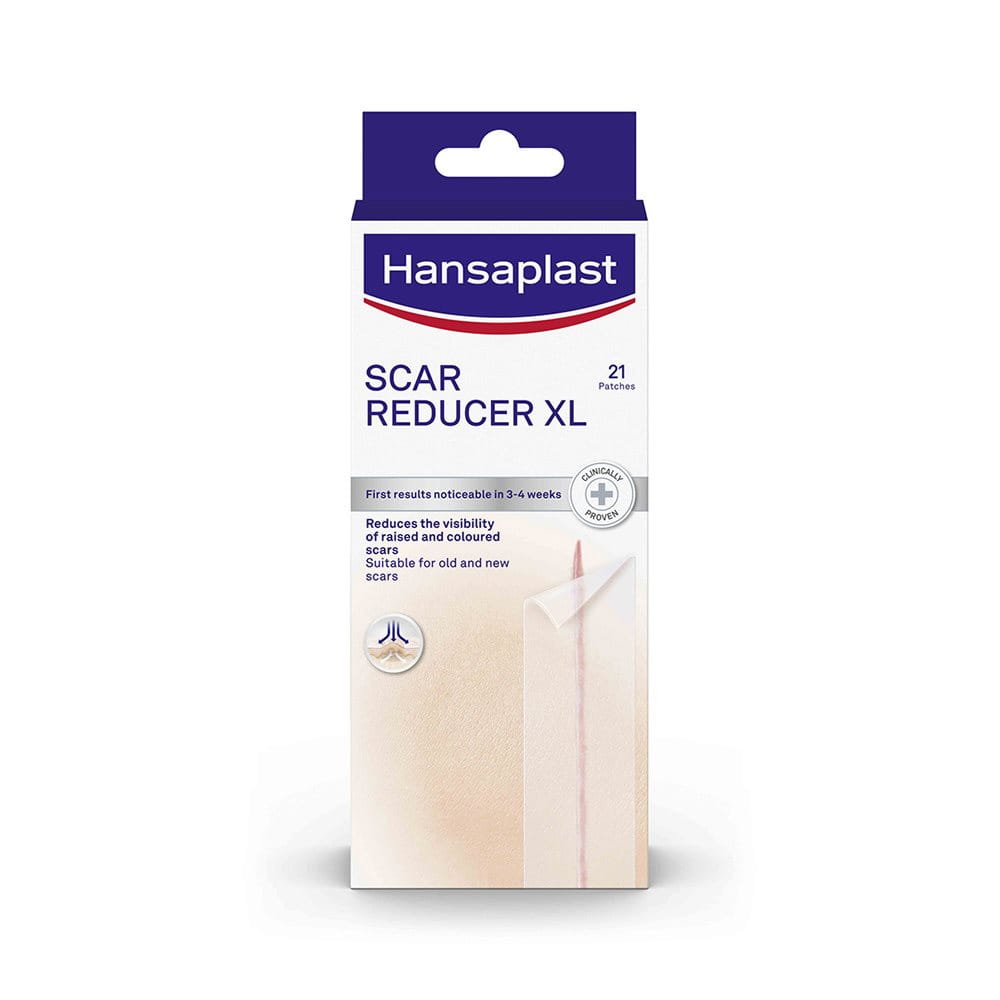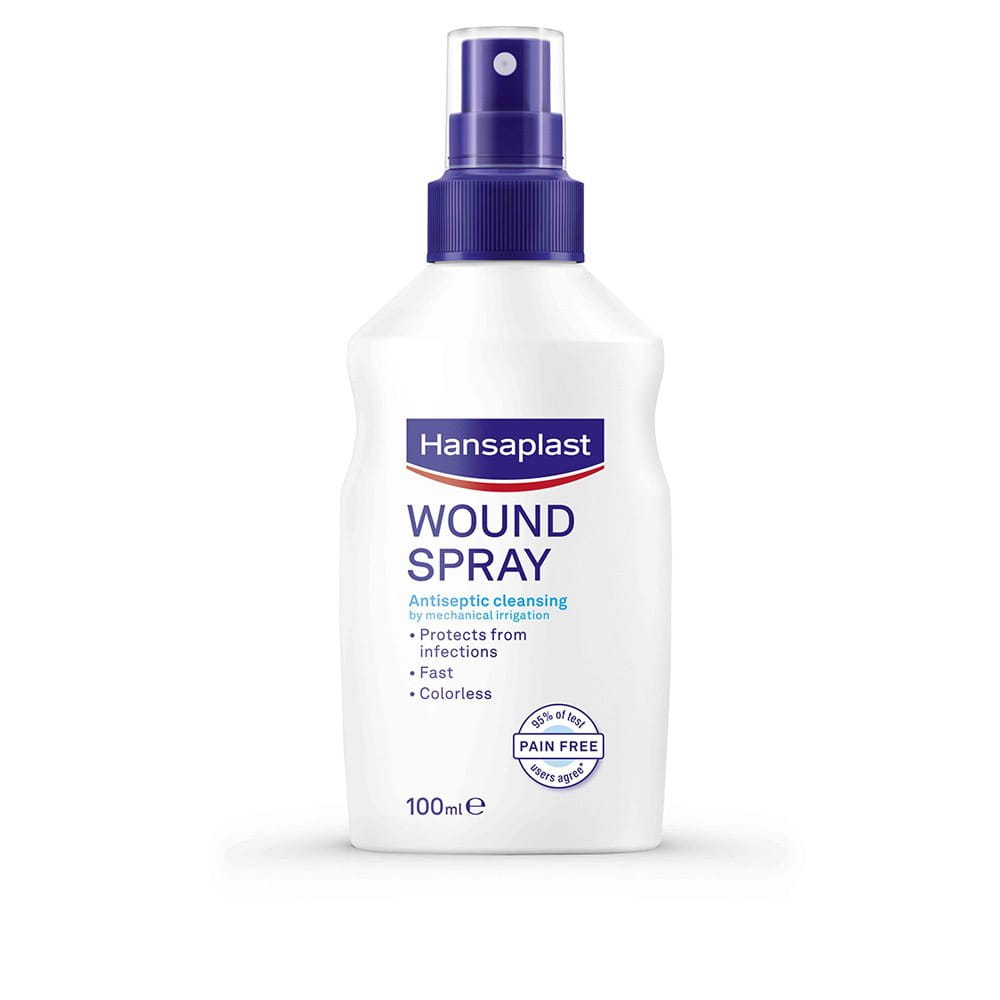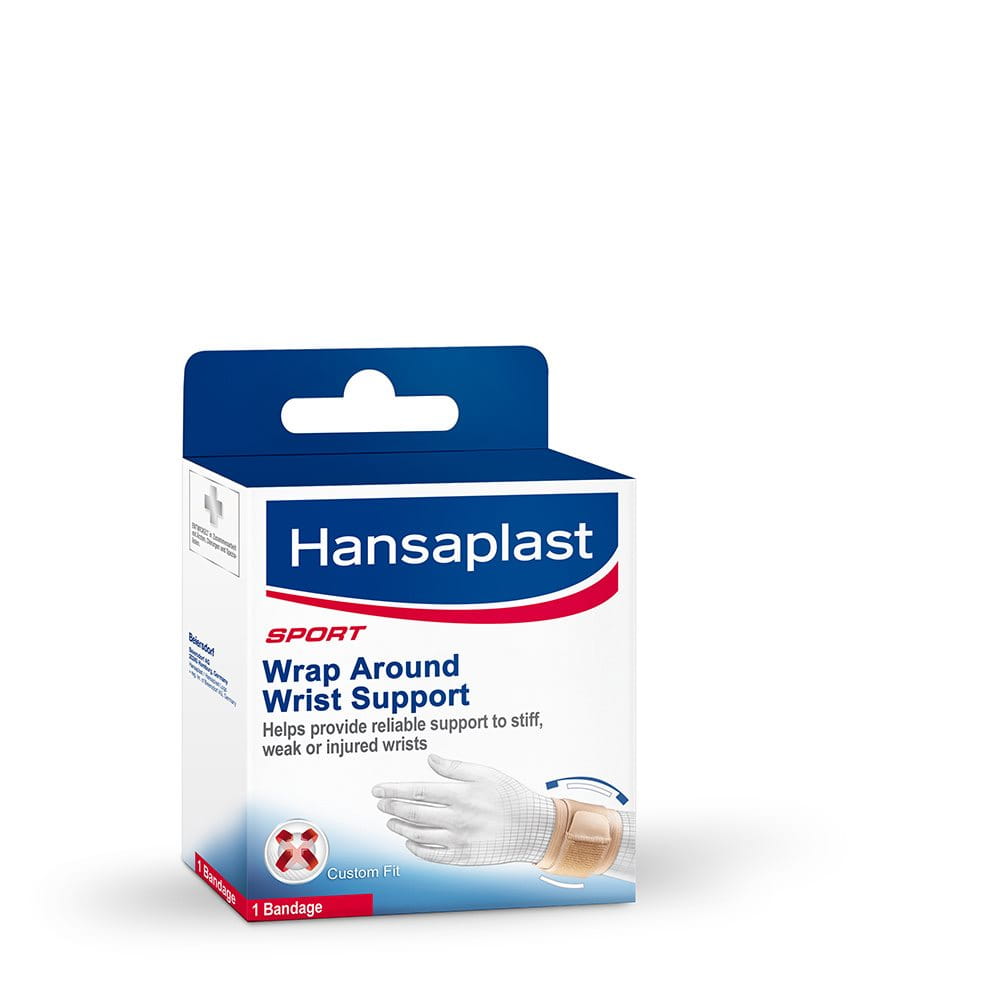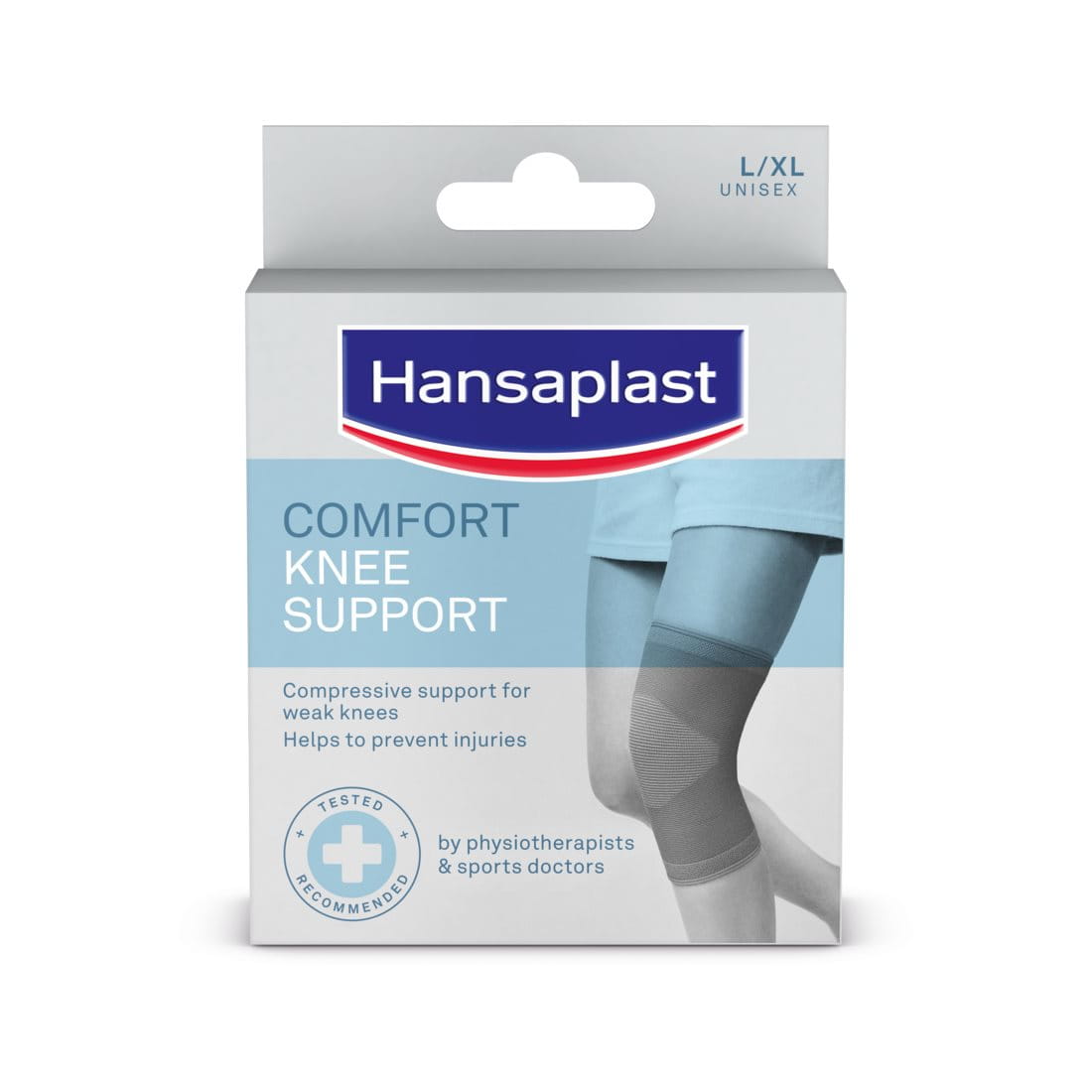What are the most common sports injuries?
1. Excessive strains
A strain to the muscle or tendon can happen when the muscle is over stretched or excessively worked. This can cause the muscle to swell or fibres to rupture as in a torn hamstring. It may be painful and difficult to move or walk. Strains usually take one to six weeks to heal.
2. Bruises
A direct blow to the muscle tissue can result in bruising or cuts such as in a corked thigh.
3. Tendonitis (inflammation of the tendon)
This can happen after excessive overuse. Often this is due to poor equipment or preparation, such as in tennis elbow.
4. Dislocation
This happens when a joint is injured and one or more bones are displaced from their normal position such as a dislocated finger or shoulder.
5. Sprains
This is an injury to a ligament and is caused by a sudden overstretching such as in a sprained ankle. It may be painful and difficult to move or walk.
How do I manage a serious injury?
